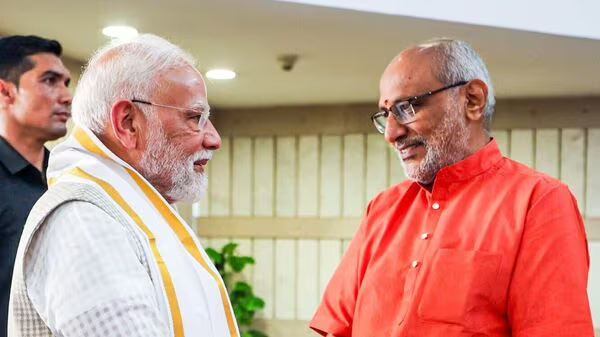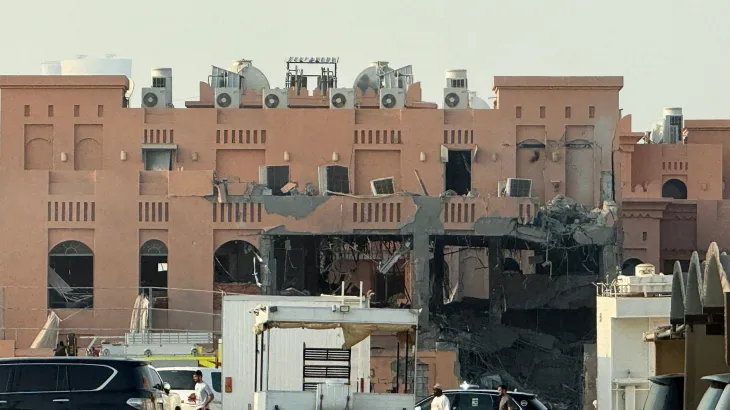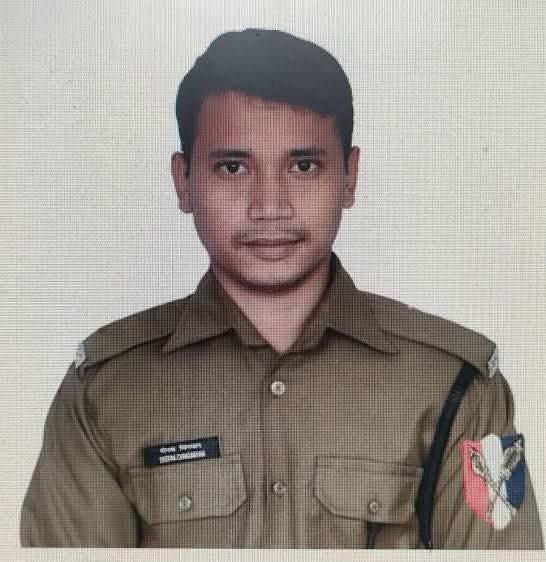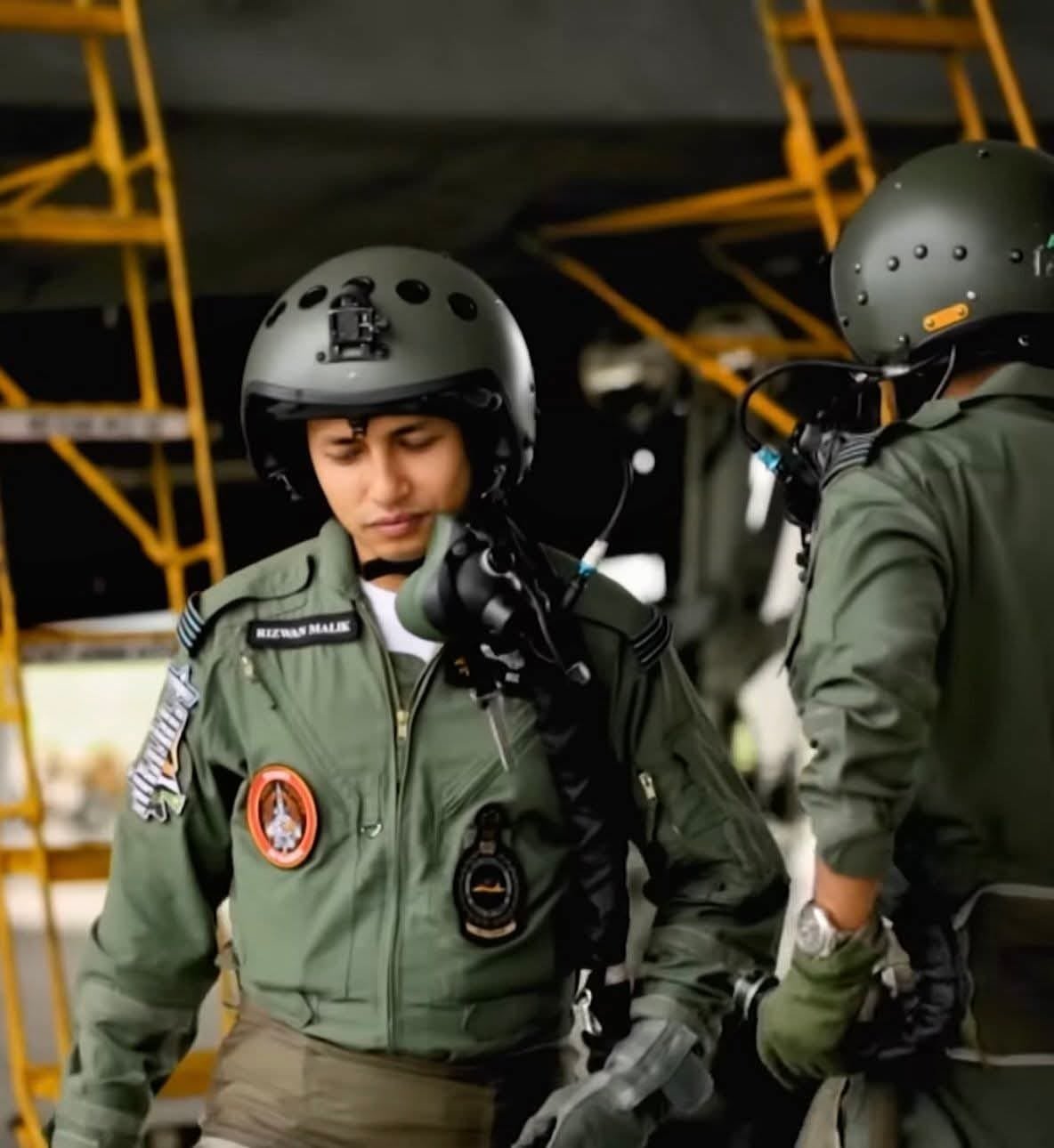Heat and Overcrowding Leave Over 600 Devotees Ill During Puri Rath Yatra
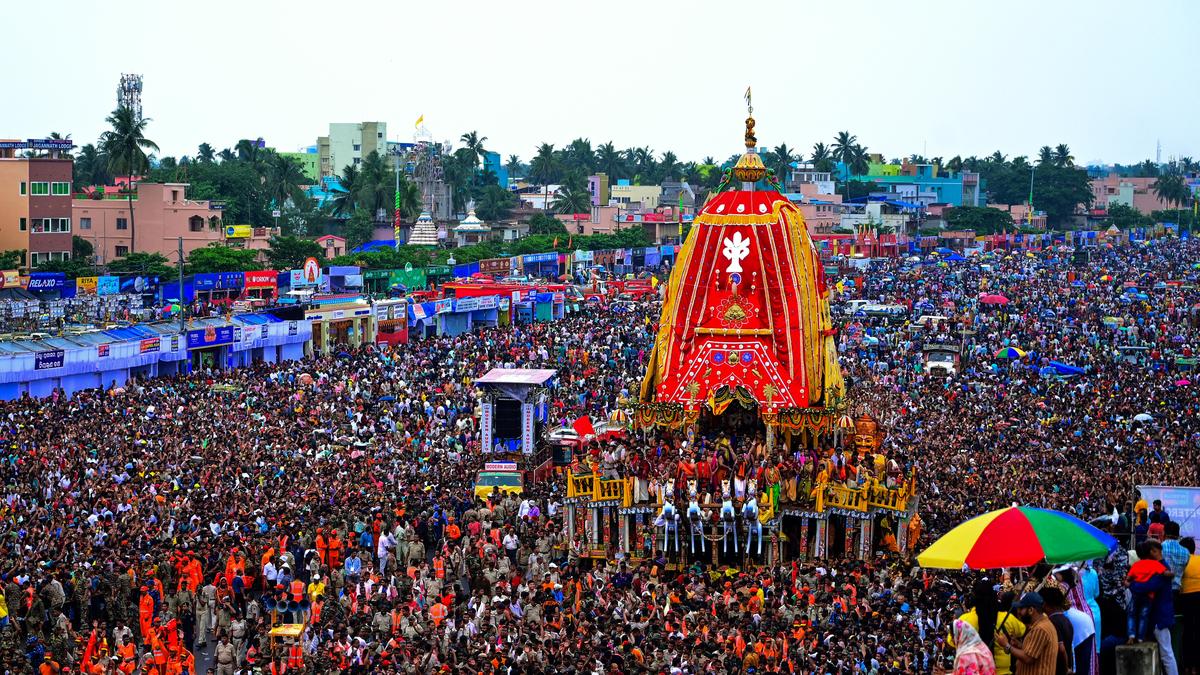
The 2025 edition of the iconic Jagannath Rath Yatra in Puri, Odisha—a festival that draws millions of pilgrims from across India and the world—was marred by an alarming number of health emergencies. Over 600 devotees fell ill during the chariot-pulling rituals, many requiring hospitalization due to heat exhaustion, dehydration, and injuries suffered amidst intense crowding.
According to official figures provided by Odisha’s Chief District Medical Officer, Dr. Kishore Satapathy, approximately 625 individuals were treated for ailments ranging from fainting spells and vomiting to minor traumas caused by jostling in the dense masses. Of these, over 70 people were admitted to the District Headquarters Hospital in Puri, and at least nine were reported to be in critical condition. Fortunately, authorities confirmed that no fatalities occurred during the incident.
The situation unfolded as thousands of devotees thronged the Grand Road, or Bada Danda, to pull the three massive chariots of Lord Jagannath, Lord Balabhadra, and Devi Subhadra towards the Gundicha Temple. The ceremonial procession, steeped in centuries of tradition, was disrupted by prolonged delays in the movement of the chariots—particularly Lord Balabhadra’s chariot, which was stalled for over an hour near Balagandi. This led to extreme crowd congestion at key points along the route. Combined with intense heat and humidity exceeding 38°C (100°F), the delays created a dangerous environment for pilgrims who had been standing for hours in the scorching sun.
Medical teams stationed across the city reported a steady influx of patients to first-aid camps and nearby hospitals. Health personnel deployed mobile ambulances and temporary medical units to provide rapid treatment. According to Odisha’s Health and Family Welfare Minister, Mukesh Mahaling, emergency medical teams had been placed on high alert, but the unexpectedly high number of cases strained available resources, highlighting significant challenges in handling mass gatherings under extreme weather conditions.
Local administration and temple authorities took immediate steps to control the crowd, coordinate rescue efforts, and improve ventilation along the Grand Road. Devotees were urged via public announcements to hydrate regularly and to seek shelter during peak sun hours. However, for many pilgrims, the religious fervour and desire to witness the deities up close overshadowed cautionary advice.
The annual Rath Yatra is a spiritual highlight for millions of Hindus, symbolising the journey of Lord Jagannath and his siblings from the Jagannath Temple to their maternal aunt’s abode at Gundicha Temple. While such large-scale gatherings have always posed challenges, this year’s surge in heat-related illnesses underscores the urgent need for enhanced planning. Experts argue that increasing climate variability is amplifying risks at mass events, making heat wave preparedness as critical as crowd control measures.
This incident serves as a stark reminder to authorities and organisers of religious events: comprehensive heat mitigation strategies, expanded emergency care infrastructure, effective crowd flow management, and better dissemination of health advisories are essential to safeguarding pilgrims. As India continues to experience more frequent and severe heat waves, large congregations like the Puri Rath Yatra will increasingly require adaptive measures to prevent future health crises.
In the aftermath of this year’s ordeal, Odisha’s state government has promised to conduct a thorough review of medical preparedness protocols for future editions of the festival. Meanwhile, devotees across the country pray for the speedy recovery of those hospitalized, hoping that the spirit of Lord Jagannath’s journey will remain unmarried by such tragedies in years to come.
According to official figures provided by Odisha’s Chief District Medical Officer, Dr. Kishore Satapathy, approximately 625 individuals were treated for ailments ranging from fainting spells and vomiting to minor traumas caused by jostling in the dense masses. Of these, over 70 people were admitted to the District Headquarters Hospital in Puri, and at least nine were reported to be in critical condition. Fortunately, authorities confirmed that no fatalities occurred during the incident.
The situation unfolded as thousands of devotees thronged the Grand Road, or Bada Danda, to pull the three massive chariots of Lord Jagannath, Lord Balabhadra, and Devi Subhadra towards the Gundicha Temple. The ceremonial procession, steeped in centuries of tradition, was disrupted by prolonged delays in the movement of the chariots—particularly Lord Balabhadra’s chariot, which was stalled for over an hour near Balagandi. This led to extreme crowd congestion at key points along the route. Combined with intense heat and humidity exceeding 38°C (100°F), the delays created a dangerous environment for pilgrims who had been standing for hours in the scorching sun.
Medical teams stationed across the city reported a steady influx of patients to first-aid camps and nearby hospitals. Health personnel deployed mobile ambulances and temporary medical units to provide rapid treatment. According to Odisha’s Health and Family Welfare Minister, Mukesh Mahaling, emergency medical teams had been placed on high alert, but the unexpectedly high number of cases strained available resources, highlighting significant challenges in handling mass gatherings under extreme weather conditions.
Local administration and temple authorities took immediate steps to control the crowd, coordinate rescue efforts, and improve ventilation along the Grand Road. Devotees were urged via public announcements to hydrate regularly and to seek shelter during peak sun hours. However, for many pilgrims, the religious fervour and desire to witness the deities up close overshadowed cautionary advice.
The annual Rath Yatra is a spiritual highlight for millions of Hindus, symbolising the journey of Lord Jagannath and his siblings from the Jagannath Temple to their maternal aunt’s abode at Gundicha Temple. While such large-scale gatherings have always posed challenges, this year’s surge in heat-related illnesses underscores the urgent need for enhanced planning. Experts argue that increasing climate variability is amplifying risks at mass events, making heat wave preparedness as critical as crowd control measures.
This incident serves as a stark reminder to authorities and organisers of religious events: comprehensive heat mitigation strategies, expanded emergency care infrastructure, effective crowd flow management, and better dissemination of health advisories are essential to safeguarding pilgrims. As India continues to experience more frequent and severe heat waves, large congregations like the Puri Rath Yatra will increasingly require adaptive measures to prevent future health crises.
In the aftermath of this year’s ordeal, Odisha’s state government has promised to conduct a thorough review of medical preparedness protocols for future editions of the festival. Meanwhile, devotees across the country pray for the speedy recovery of those hospitalized, hoping that the spirit of Lord Jagannath’s journey will remain unmarried by such tragedies in years to come.
